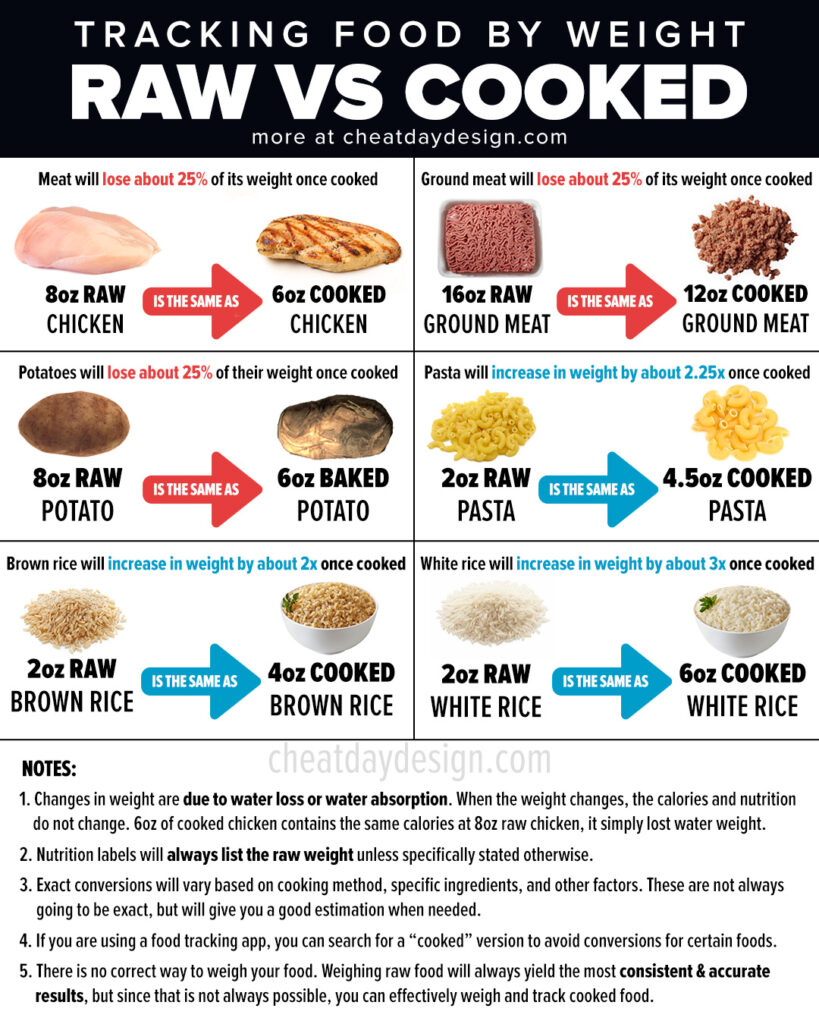
Beef is a popular protein source enjoyed worldwide for its rich flavor and versatility. Whether you prefer a juicy steak, a flavorful roast, or a hearty stew, understanding how beef behaves during cooking is essential for achieving the desired results. One crucial aspect to consider is how much weight does beef lose when cooked? This seemingly simple question has significant implications for recipe adjustments, portion control, and overall culinary success.
This article delves into the science behind beef’s weight loss during cooking, exploring the factors that influence this reduction and its practical implications in the kitchen. We’ll examine the average percentage of weight loss, the impact on recipes and portions, and how different cooking methods affect moisture evaporation. By understanding these principles, you can confidently cook delicious and perfectly portioned beef dishes every time.
Beef Weight Loss During Cooking
Beef, like most meats, undergoes a significant weight reduction when cooked due to the evaporation of moisture. As heat is applied, water molecules within the beef’s muscle tissue gain energy and transform into vapor, escaping through the surface. This process, known as evaporation, accounts for the majority of weight loss during cooking.
The extent of weight loss varies depending on several factors, including the cut of beef, the cooking method employed, and the duration of cooking. Generally, leaner cuts of beef tend to lose more weight than fattier cuts because they have a lower proportion of intramuscular fat, which helps retain moisture. Similarly, longer cooking times result in greater moisture evaporation and consequently, higher weight loss.
Factors Affecting Weight Reduction
Several factors contribute to the variability in how much weight does beef lose when cooked? Understanding these influences can help you anticipate and manage weight reduction during your cooking process.
Cut of Beef
Different cuts of beef have varying levels of intramuscular fat, which plays a crucial role in moisture retention. Leaner cuts like sirloin or tenderloin tend to lose more weight during cooking compared to fattier cuts like ribeye or brisket. The higher fat content in these latter cuts helps to trap moisture and minimize evaporation.
Cooking Method
The chosen cooking method significantly impacts weight loss. Dry-heat methods, such as grilling, roasting, or pan-searing, tend to result in greater weight reduction due to direct exposure to high heat. Conversely, moist-heat methods like braising or stewing involve prolonged cooking in liquid, which helps retain moisture and minimize weight loss.
Cooking Time
The duration of cooking directly influences moisture evaporation. Longer cooking times inevitably lead to increased weight loss as more water molecules have the opportunity to escape from the beef. Therefore, it’s essential to monitor cooking time closely to prevent excessive weight reduction.
Average Weight Loss Percentage
On average, beef loses approximately 20-25% of its weight during cooking. This means that a pound of raw beef will typically weigh around 0.75 pounds after being cooked. However, it’s important to remember that this is just an estimate, and the actual weight loss can vary depending on the factors discussed previously.
Impact on Recipes and Portions
Understanding how much weight does beef lose when cooked? is crucial for accurate recipe adjustments and portion control. When a recipe calls for a specific weight of cooked beef, it’s essential to account for the anticipated weight loss during cooking. Otherwise, you may end up with an undercooked or overcooked dish.
Similarly, if you’re serving portions based on weight, remember that the cooked weight will be less than the raw weight. For example, a 4-ounce serving of raw beef will likely yield only about 3 ounces after cooking.
Cooking Methods and Moisture Evaporation
Different cooking methods affect moisture evaporation to varying degrees.
Dry-Heat Methods
Grilling, roasting, pan-searing, and broiling expose the beef directly to high heat, leading to rapid moisture evaporation. These methods are ideal for achieving a crispy exterior and well-browned surface but can result in significant weight loss if not carefully monitored.
Moist-Heat Methods
Braising, stewing, and poaching involve cooking the beef in liquid, which helps retain moisture and minimize weight loss. The surrounding liquid also infuses flavor into the meat, resulting in tender and succulent dishes.
Conclusion
Understanding how much weight does beef lose when cooked? is essential for successful beef cooking. The average weight reduction of 20-25% highlights the importance of recipe adjustments and portion control. By considering factors like cut, cooking method, and time, you can minimize moisture loss while achieving your desired culinary results. Whether you’re grilling a juicy steak or braising a flavorful pot roast, remember that knowledge is power in the kitchen!
